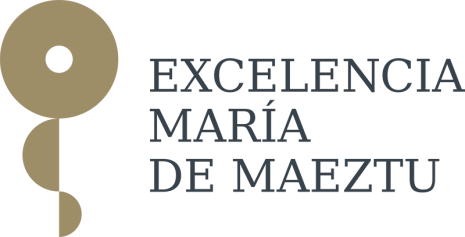The Abdus Salam International Centre for Theoretical Physics (ICTP) is organizing a School and Conference on Geometric Analysis within the framework of the ICTP-ESF Series of High Level Conferences on Geometry and Dynamics. The activity will be held from 11 to 29 June 2012, in Trieste, Italy. It will be directed by C. Arezzo (ICTP, Trieste, Italy), F. Pacard (Ecole Polytechnique, Palaiseau, France) and R. Schoen (Stanford University, USA).
Main topics
- Evolution equations on real and complex manifolds
- Riemannian Geometry and General Relativity
- Extremal Kähler metrics
The first two weeks (11 - 22 June) will be an Advanced School: six mini-courses of high level on the main topics above. There will be seminars and training activities for the participants. Some leading and famous mathematicians will present the mini-courses.
Invited Lecturers: S. Brendle (Stanford), F. Pacard (Ecole Polytechnique), T. Riviere (ETH), R. Schoen (Stanford), G. Tian (Princeton and Beijing), P. Topping (Warwick).
The third week (25 - 29 June) will be an International Conference on Geometric Analysis. Its primary aim is to promote interaction among the leaders in Geometric Analysis and to introduce and discuss front-line research with young participants from all over the world.
The tentative list of speakers of the third week's Conference (24-29 June), includes: R. Berman, Jingyi Chen, J. Corvino, J. Fine, V. Guedj, J. Isenberg, G. La Nave, C. Le Brun, Y.-I. Lee, Chi Li, Jiayu Li, A. Malchiodi, F. Marques, Song Sun, V. Tosatti, J. Viaclovsky, B. Wilking*, Xiaohua Zhu.
* to be confirmed
Participation
Mathematicians from all countries which are members of the United Nations, UNESCO or IAEA may attend the activity.




 Visit our channel
Visit our channel
